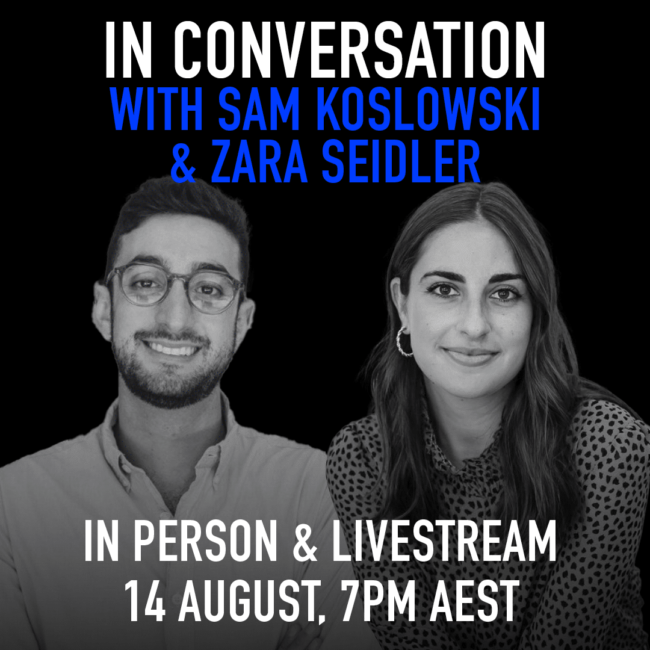
There’s no good reason to keep women off the front lines
Opinion + AnalysisBusiness + LeadershipRelationships
BY Nikki Coleman The Ethics Centre 14 OCT 2015
The US. military may finally be coming around on the question of women on the front lines.
In a confidential briefing on September 30, military leaders presented their recommendations on having women on the front lines to the House Armed Services Subcommittee on Military Personnel, and Defense Secretary Ashton Carter.
In the 1940s, the US military faced similar debates regarding black service personnel. Arguments regarding unit cohesion and operational capability were the most prominent against integration of white and black personnel. With the power of hindsight, we can see those arguments for what they were – scare tactics intended to keep the military segregated.
The same arguments have returned today. At the command of Secretary Panetta, the US Army underwent a two-year study to develop gender-neutral standards for specialist roles currently closed to women. The success of this standardised approach was demonstrated recently when two women graduated from the Army Ranger School.
There have been vocal critics of allowing women to attempt the Army Ranger School course. Some claim the standards were lowered for these women. This was denied by the Army at the Ranger School graduation ceremony. It was rebuked again by the Chief of Army Public Affairs who described the allegations as “pure fiction”.
These allegations are unlikely to settle down any time soon. A Congressman has requested service records of the women who graduated to investigate “serious allegations” of bias and the lowering of standards by Ranger School instructors.
This incident reveals the depth of scepticism regarding women’s ability to serve alongside men within some quarters. The standardised approach has dismissed the issue of operational capacity – the other arguments against female service are equally weak.
The potential for women to be captured and raped has been raised by opponents of women serving in combat units. This discussion ignores the sad reality – women in defence are much more likely to be sexually assaulted by their own troops than by the enemy. The 2013 Department of Defense report into sexual assault found that while women make up 14.5% of the US military, they make up 86% of sexual assault victims.
Women in defence are much more likely to be sexually assaulted by their own troops than by the enemy.
Of the 301 reports of sexual assault in combat zones in 2013 to the Department of Defence, only 12 were by foreign military personnel. The vast majority of sexual abuse victims in combat areas were abused by their own comrades, not the enemy.
Sexual abuse in the military has been a problem for decades. Why would it increase if we allowed women in combat? Rape of captured soldiers has also not been limited to women. Many men have also been sexually assaulted on capture. Sexual assault in this sphere is not about sexual desire or gratification – it’s about power and denigration of your enemy.
The second argument suggests women in combat units will affect unit cohesion. First, “the boys” won’t be able to be themselves. And second, if a woman is injured in battle men will be unable to focus on the mission and instead will be driven to protect their female colleagues.
The first argument raises a question about military culture. Why is behaviour considered inappropriate around women tolerated at all? The second argument is insulting to currently serving soldiers, whose professionalism and commitment to the mission is questioned.
To suggest soldiers would ignore the mission in favour of some other goal undervalues the extent of their military professionalism.
Soldiers overcome a range of powerful instincts in a firefight – including protecting their own lives. To suggest soldiers would ignore the mission in favour of some other goal undervalues the extent of their military professionalism.
There is also an elephant in the room. Women have been serving in combat roles for years – as pilots, on ships, as interpreters and in female engagement teams. For these women a decision regarding the position of women in combat is irrelevant – they are already on the front lines.
The Australian situation sits in stark contrast to that of the US. Gay and lesbian members have served openly for a decade, women have been fully integrated into combat units since 2013, and the Australian Defence Force now actively recruits transgender personnel.
Australia has been able to integrate women, gay, lesbian and transgender soldiers into combat units without affecting operational capability.
Hopefully the US Defense Secretary will follow the advice of his Chiefs of Staff and the leadership of the ADF. He should allow military personnel to serve in all roles in the military according to universal standards rather than chromosomes or genitalia.
Ethics in your inbox.
Get the latest inspiration, intelligence, events & more.
By signing up you agree to our privacy policy
You might be interested in…
Opinion + Analysis
Business + Leadership
Do Australian corporations have the courage to rebuild public trust?
Opinion + Analysis
Business + Leadership, Relationships
Workplace romances, dead or just hidden from view?
Opinion + Analysis
Politics + Human Rights, Relationships
Why we should be teaching our kids to protest
Opinion + Analysis
Business + Leadership




